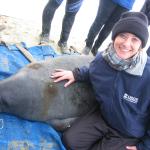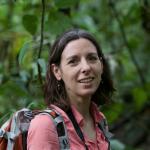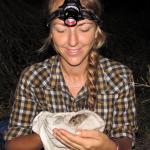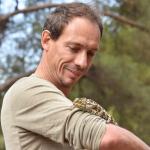Why attend
Discover the importance of studying genetic diversity for biodiversity management, locally and globally. Understand how inventories of living organisms can be made from a simple water or soil sample. Interact via panel discussion to emphasize the diverse solutions genetics provides to applied conservation, and identify potential collaborations.
Session agenda
Moderator

Dr Margaret HUNTER
16:00 - 16:05
Research Geneticist,
U.S. Geological Survey
United States of America
16:00 - 16:05
Speaker

Dr Mariah MEEK
16:06 - 16:14
Assistant Professor,
Michigan State University
United States of America
16:06 - 16:14

Dr Aurore DESGROUX
16:15 - 16:23
engineer,
Institut national de recherche pour l’agriculture, l’alimentation
France
16:15 - 16:23

Dr Robert EKBLOM
16:24 - 16:31
Environmental officer,
Swedish Environmental Protection Agency
Sweden
16:24 - 16:31

Dr Robyn SHAW
16:32 - 16:37
Researcher,
Murdoch University
Australia
16:32 - 16:37


Dr Arnaud LYET
17:11 - 17:17
Senior Conservation Scientist,
World Wildlife Fund
United States of America
17:11 - 17:17

Dr Francisco Armando ARIAS-ISAZA
17:18 - 17:25
General Director,
Instituto de Investigaciones Marinas y Costeras José Benito Vives
Colombia
17:18 - 17:25


